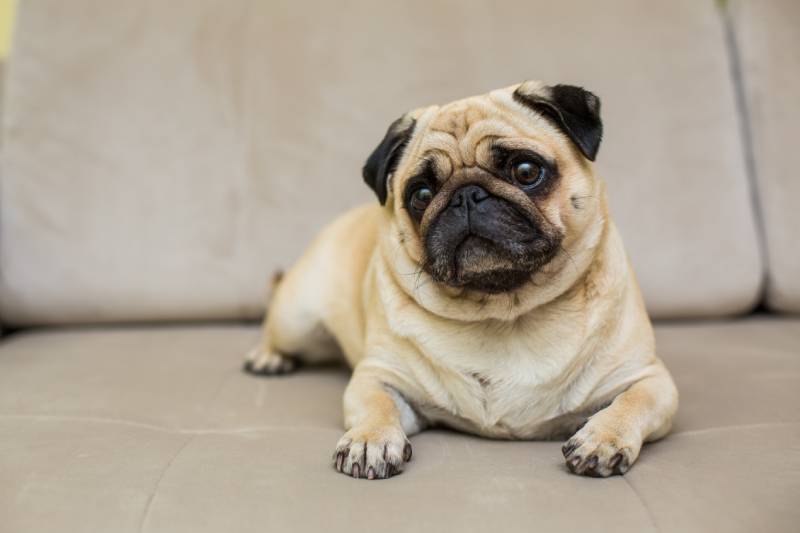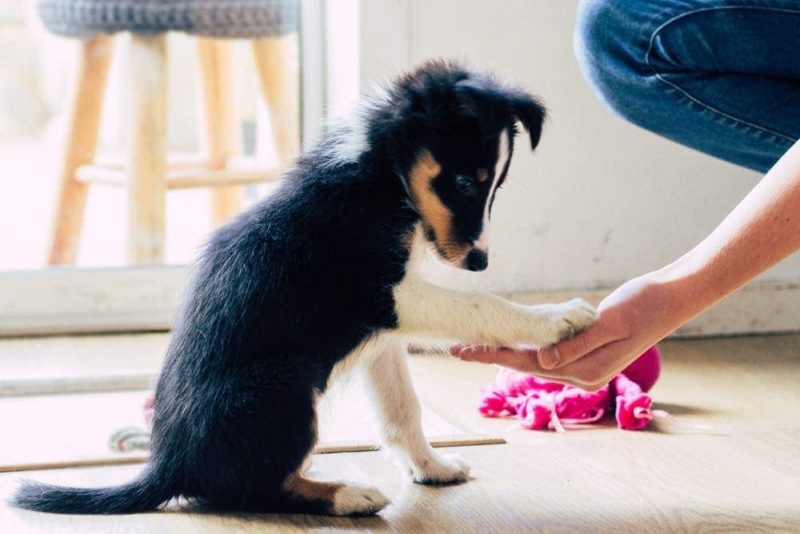What Kind of Dog Is Hachi? Legendary Dogs Presented
By Kit Copson
Updated on
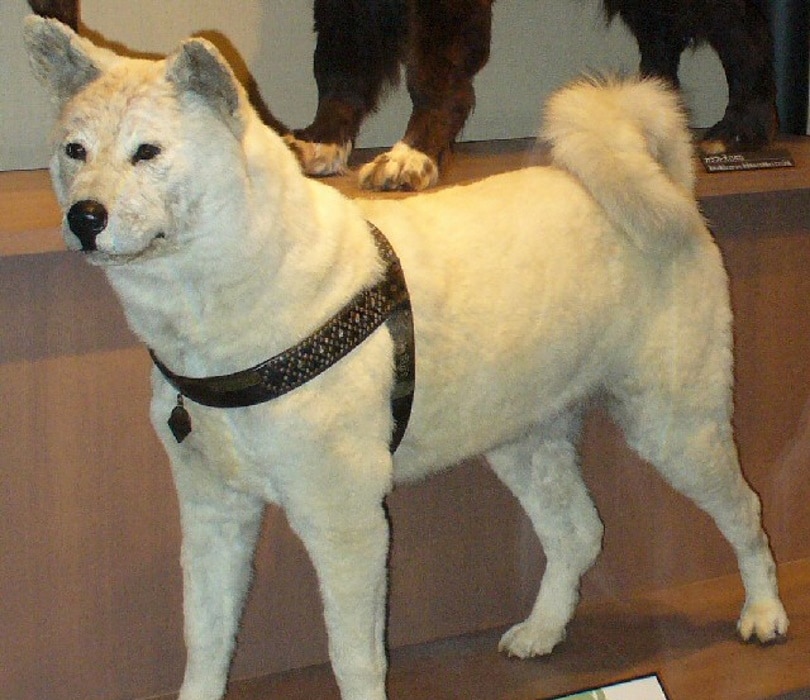
There are few dog stories as heartwarming as that of Hachikō—also known as “Hachi” —and his owner, Professor Hidesaburō Ueno. If you’re already familiar with the story and just want to know what kind of dog he was, Hachi was a white Akita, an ancient dog breed native to Japan. If you’d like to learn more about this remarkably faithful dog and the Akita breed, this post tells all!
Who Was Hachi?
Hachi was born on the 10th November 1923 in Akita Prefecture, Japan, and was adopted in 1924 by Tokyo Imperial University professor Hidesaburō Ueno as a family pet. When Ueno would leave to catch the train to work every morning, Hachi would escort him to the station, then return at the end of the day to walk him home. He did this every day without fail.
From the day Professor Ueno suddenly passed away at work from a cerebral hemorrhage, Hachi would nevertheless continue to return to the station every day at the same time to wait for his dear friend. He did this daily for the next 9 years, 9 months, and 15 days.
People began to warm to the loyal Akita and he became something of a household name. By the time of Hachi’s death in March 1935, a bronze statue of him stood at Shibuya Station where it still stands today. He was buried with Hidesaburō Ueno and has remained a national icon in Japan and a beloved historical figure worldwide.
What Are Akita Dogs Like?
Akitas originate from the mountains in northern Japan. A large, big-boned dog breed well-adapted to cold climates, the Akita can be either standard-haired or long-haired. They’re typically between 24 and 28 inches in height and have bushy, curly tails, pointy ears, and small eyes that give them a characteristic “sleepy” look.
There are two types of Akita dog—the Akita Inu and the American Akita. Akita Inus are also known as “Japanese Akitas.” The Akita Inu is sometimes smaller than the American Akita by a few inches and has a more “foxy” appearance compared to the American Akita, which has a more “bear-like” appearance.
Both types of Akita can come in a variety of colors and color combinations including fawn, brindle, white, and black.
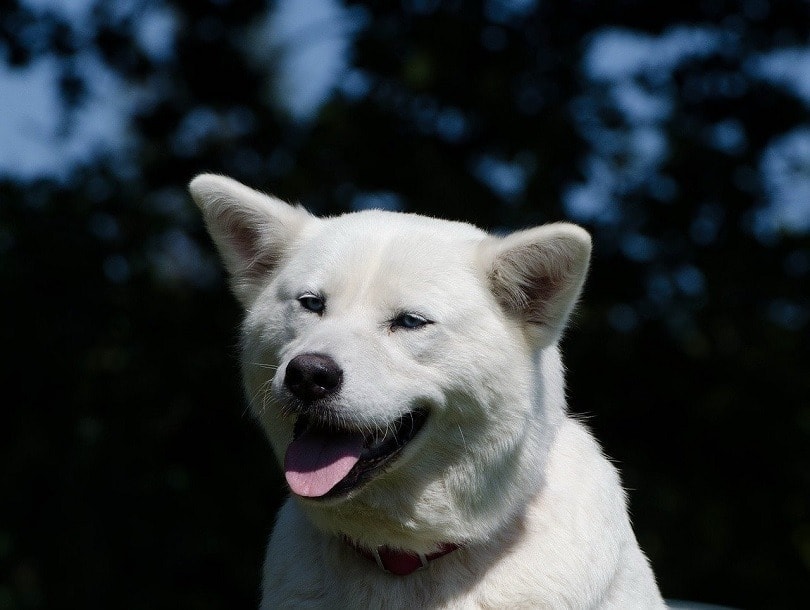
Akita Dogs: Temperament
Akitas are highly dignified dogs with a majestic and regal aura. These natural protectors often get very attached to their human families and, like the famous Hachi, will stick closely to them for life. With their favorite people, Akitas are fun and affectionate, but they’re often a bit suspicious of strangers and other animals and have a tendency to be distant and aloof with those not part of the family unit.
For this reason, if you’re considering acquiring an Akita, it would be a good idea to start socializing them with people and other pets as early as possible. If you adopt a full-grown adult Akita, they may be best suited to a household with no other pets unless the rescue center gives the green light.
They’re also probably not the best choice for beginner dog parents. Akitas are highly intelligent and so can be pretty strong-willed. For this reason, they need kind and fair but firm and consistent leadership to be trained and socialized properly.
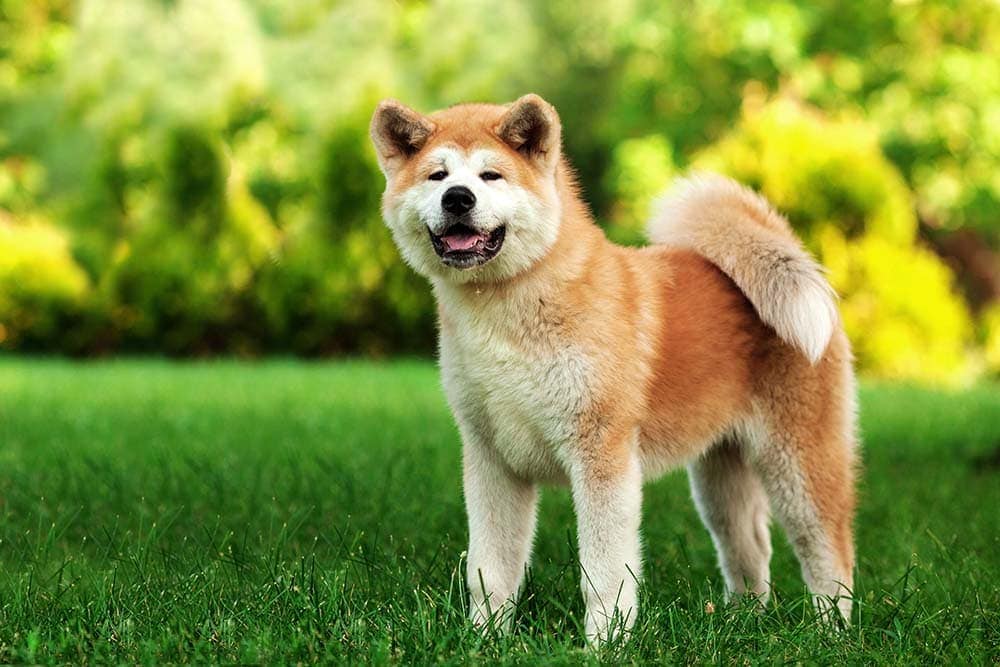
Akita Dogs: Care
As a breed with cold-weather origins, Akitas have an undercoat that sheds heavily twice per year. Apart from this, they’re not big shedders. Give them a good brush once or twice a week throughout the year except during heavy shedding periods, when you might need a special shedding brush or comb to prevent fluffy “tumbleweeds” from taking over your home.
Like all other dog breeds, Akitas need to have their nails monitored and trimmed and their teeth cleaned regularly to avoid discomfort in the feet and paw pads and dental issues.
Akitas have moderate energy levels and are neither lazy nor highly active. They enjoy spending time at home with their favorite people but still need to be exercised daily. One or two walks per day each lasting 20–30 minutes at a time is a good rule of thumb, but this may differ depending on your Akita’s energy levels and preferences.
Final Thoughts
So, there we have it! Hachi was an Akita Inu, a stunning Japanese dog breed that likely dates back over 1,000 years and originated in the northern Japanese mountains. He became a symbol of loyalty in Japan, where his statue still stands proudly at Shibuya Station. Akitas today are known for their loyalty, intelligence, and dignity.
Featured Image Credit: Hachiko (Muramasa, Muramasa via Wikimedia Commons, CC BY-SA 3.0)


